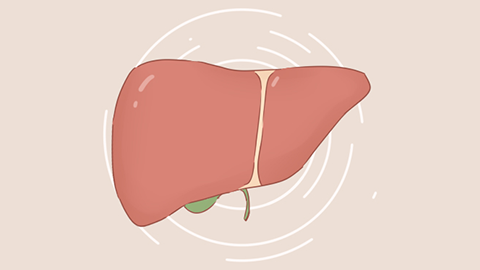What are the five items included in a liver function test?
Generally, the five main liver function tests primarily include alanine aminotransferase (ALT), aspartate aminotransferase (AST), total bilirubin, direct bilirubin, and indirect bilirubin. Detailed explanations are as follows:

1. Alanine Aminotransferase (ALT)
ALT is mainly distributed in the liver, followed by skeletal muscles, kidneys, and myocardium. When liver cells are damaged, ALT is released into the bloodstream, causing elevated levels of ALT in the blood. Increased ALT levels may indicate liver cell damage and are commonly seen in diseases such as hepatitis, fatty liver, and cirrhosis.
2. Aspartate Aminotransferase (AST)
AST is mainly distributed in the myocardium, followed by the liver, skeletal muscles, and kidneys. Elevated AST levels may be related to liver damage but can also be influenced by other tissues such as the myocardium. In liver diseases, the degree of elevation is usually associated with the severity of liver cell damage.
3. Total Bilirubin
Total bilirubin is the sum of direct bilirubin and indirect bilirubin. It is a product of the breakdown and destruction of aged red blood cells in the liver, spleen, and bone marrow mononuclear-phagocyte system in the circulatory system. Elevated total bilirubin levels may be related to problems in the hepatobiliary system, such as bile duct obstruction, hepatitis, and cirrhosis. These diseases can impair the liver cells' ability to uptake, convert, or excrete bilirubin.
4. Direct Bilirubin
Direct bilirubin is bilirubin processed by liver cells and conjugated with glucuronic acid. It is water-soluble and can be excreted through the kidneys into urine. Elevated direct bilirubin levels typically indicate impaired excretion of bilirubin by the liver and are commonly seen in conditions such as bile duct obstruction, hepatitis, and cirrhosis.
5. Indirect Bilirubin
Indirect bilirubin is bilirubin produced from the breakdown of hemoglobin after red blood cell destruction. It is transported in the blood bound to albumin and cannot be excreted by the kidneys. Elevated indirect bilirubin levels may indicate impaired uptake or conversion of bilirubin by the liver and are commonly seen in hemolytic anemia and neonatal jaundice. Additionally, in liver diseases, elevated indirect bilirubin levels may also be related to liver cell damage.
In daily life, to prevent the occurrence of liver disease, it is recommended to maintain a regular sleep schedule, balanced diet, moderate exercise, limit alcohol consumption, and adopt other healthy lifestyle habits.






